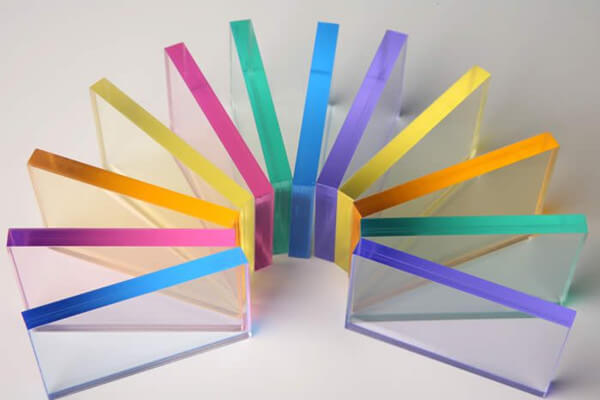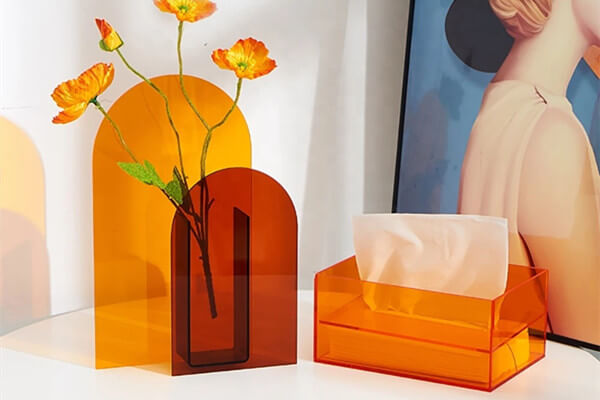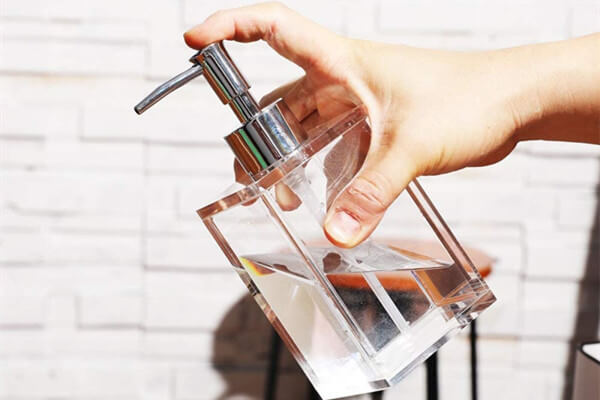Acrylic Plastic, also known as plexiglass, is a useful, clear material that resembles glass, but offers better transparency and weighs 50% less than glass of equal thickness. Acrylic is known as one of the clearest materials, offering a transparency rate of 93% and can be used in a wide variety of applications.
Acrylic sheet exhibits glass-like qualities—clarity, brilliance, and transparency. Acrylic sheet is easy to fabricate, bonds well with adhesives and solvents. It has superior weathering properties compared to many other transparent plastics.
From durable signs and skylights, to eye-catching retail store fixtures, displays and shelves, acrylic plastics provide outstanding versatility, durability, and aesthetic qualities.

Because of the different production process and materials used, acrylic is divided into extruded sheet and cast sheet.
Extruded Acrylic– Extruded acrylic sheet can be manufactured to any length, which often results in cost savings since yield loss can be minimized when parts are cut from custom sheet sizes. Extruded acrylic is also the easiest grade to thermoform and the easiest to bond using solvent cements.
Cast Acrylic– Cast acrylic sheet has better chemical resistance and superior machining characteristics compared with extruded acrylic.

Like every material, the acrylic sheet does have its share of advantages and disadvantages. The main disadvantages: more liable to scratching than glass and not heat-resistant. However, its positives clearly outweigh the negatives and blow the competition out of the water. Acrylic sheets are the most value for money products now for any kind of project in the industry.



